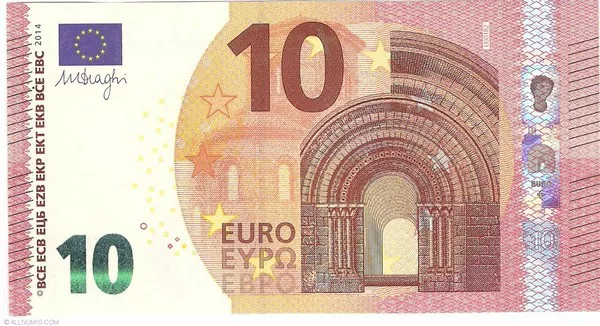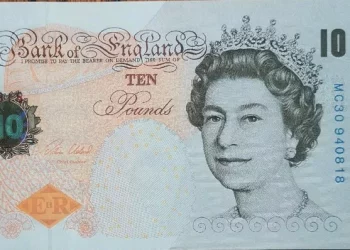The Euro is a well-known currency used in many countries throughout Europe. However, what some people may not know is that the Euro is divided into smaller units called cents. In this article, we will explore the Euro cent, its value, history, and role in the European Union (EU).
Understanding the Value of the Euro Cent
The Euro cent is worth one hundredth of a Euro (€0.01). This means that one Euro can be divided into 100 cents. Similar to other currencies, the value of the Euro cent fluctuates based on various economic factors such as inflation rates, interest rates, and political stability.
As of June 8th, 2023, one Euro is equivalent to around $1.16 USD, and one Euro cent is worth approximately $0.01 USD. Although the Euro cent value may seem insignificant, it plays an essential role in transactions involving small amounts.
History of the Euro Cent
The Euro cent was introduced along with the Euro currency itself on January 1, 1999. The Euro replaced many national currencies in Europe and became the official currency of the EU. The introduction of the Euro cent allowed for more flexibility in pricing goods and services in different denominations, making transactions more efficient.
Prior to the introduction of the Euro, each country in the EU had its own currency with its own subunits. For example, Germany’s currency was the Deutsche Mark, which was divided into pfennigs. Similarly, France had the Franc, which was divided into centimes. The introduction of the Euro and the Euro cent standardized the currency system across participating countries, simplifying transactions within the region.
Role of the Euro Cent in the European Union
The Euro cent has played a crucial role in the EU since its introduction in 1999. As previously mentioned, it standardized currency denominations across different countries, making transactions more efficient and transparent. Additionally, the Euro and its subunits, including the Euro cent, have fostered economic integration and cooperation within the EU.
Moreover, the Euro cent has helped to facilitate cross-border trade between EU countries, as businesses can easily price goods and services in a common currency. The Euro also provides greater stability for investors and businesses, reducing exchange rate risk and increasing confidence in the European market.
Several Sub-discussion Points:
-
The Use of Euro Cents in Daily Transactions
Despite its small value, the Euro cent plays an essential role in daily transactions throughout Europe. It is commonly used for pricing items such as snacks, public transportation fares, and consumer goods. In many cases, prices are rounded to the nearest five cents to reduce the number of coins needed for change.
-
The Debate Around Phasing Out the Euro Cent
In recent years, some EU countries have considered phasing out the Euro cent due to its low purchasing power and cost of production. Critics argue that the cost of producing and distributing the coin outweighs its benefits, and rounding prices to the nearest five cents would be a more efficient solution. However, supporters of the Euro cent argue that it remains important for transactions involving small amounts and helps to preserve the integrity of the Euro currency system.
-
Impact on Travelers and Tourists
As the Euro is widely accepted throughout Europe, travelers and tourists often deal with Euros and Euro cents during their trips. Understanding the value and use of the Euro cent can help them make informed decisions when dealing with local merchants, exchanging currencies, or budgeting for expenses.
Conclusion
The Euro cent may seem insignificant compared to other currency denominations, but its value and history are crucial to understanding the Euro and its role in the EU. From daily transactions to cross-border trade, the Euro and its subunits, including the Euro cent, have helped to foster economic integration and cooperation throughout Europe. While the debate around phasing out the Euro cent may continue, for now, it remains an essential part of the European currency system.
Related Topics:



























